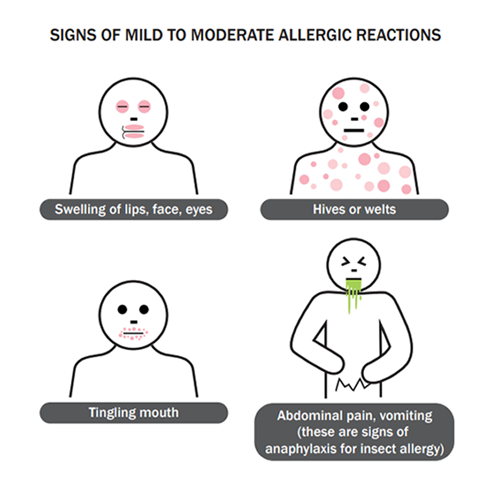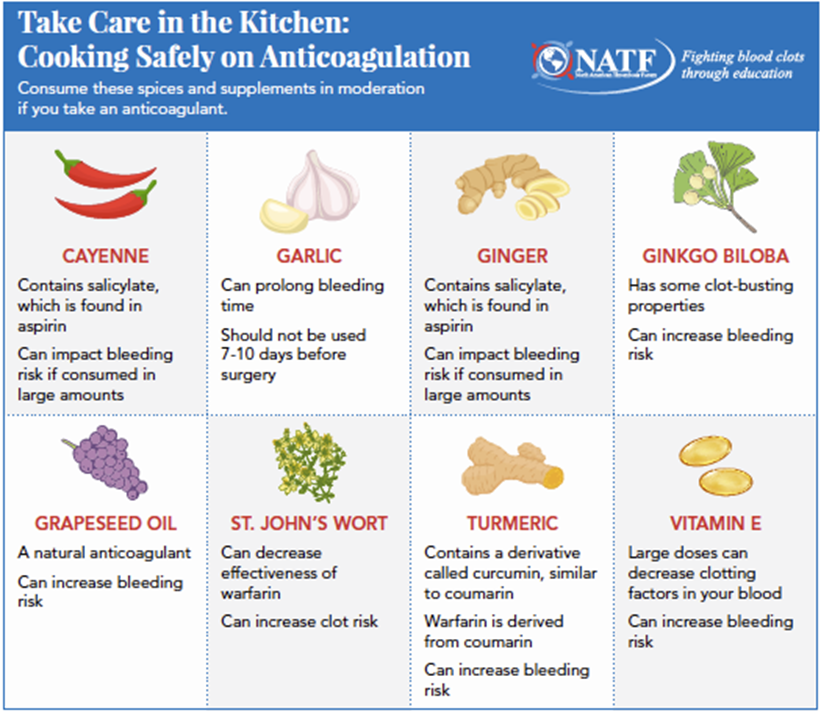Before starting antimicrobial therapy, the nurse assesses a patient for possible drug allergy. Which of the following complaints should alert the nurse to a drug allergy?
Headaches
Hives or shortness of breath
Diarrhea
Nausea
The Correct Answer is B
A. Headaches:
Headaches are a common symptom that can occur for various reasons, including stress, tension, dehydration, or as a side effect of medications. While headaches can sometimes occur as a side effect of certain drugs, they are not specific indicators of a drug allergy. Allergic reactions to medications typically involve other symptoms such as rash, hives, itching, swelling, or respiratory symptoms.
B. Hives or shortness of breath:
Hives (urticaria) are raised, red, itchy welts on the skin that can occur as an allergic reaction to medications. They are a common manifestation of drug allergies. Shortness of breath (dyspnea) can occur as part of a severe allergic reaction known as anaphylaxis. Anaphylaxis is a life-threatening allergic reaction characterized by a rapid onset of symptoms, including difficulty breathing, swelling of the throat or tongue, rapid heart rate, and low blood pressure. Both hives and shortness of breath are significant signs of a potential drug allergy and require immediate attention.
C. Diarrhea:
Diarrhea can occur as a side effect of medications, including antibiotics. However, it is not typically a specific indicator of a drug allergy. Diarrhea is more commonly associated with gastrointestinal disturbances or as a reaction to changes in gut flora due to antibiotic use.
D. Nausea:
Nausea is a common side effect of many medications, including antibiotics. While it can be bothersome, nausea alone is not a specific indicator of a drug allergy. Allergic reactions to medications typically involve other symptoms such as rash, hives, itching, swelling, or respiratory symptoms.

Nursing Test Bank
Naxlex Comprehensive Predictor Exams
Related Questions
Correct Answer is ["B","C","D","E"]
Explanation
A. Valerian:
Valerian is an herb commonly used for its sedative and anxiolytic properties. There is limited evidence suggesting potential interactions between valerian and warfarin, but it is not considered a major concern for altering warfarin's anticoagulant effects. However, caution is still warranted, and healthcare providers should monitor patients for any signs of increased bleeding if they are using valerian along with warfarin.
B. Ginkgo biloba:
Ginkgo biloba is an herb often used for its cognitive-enhancing properties and to improve circulation. There is some evidence to suggest that ginkgo biloba may interact with warfarin and increase the risk of bleeding due to its anticoagulant effects. Therefore, patients taking warfarin should use ginkgo biloba cautiously and inform their healthcare providers if they are using it.
C. Echinacea:
Echinacea is an herb commonly used to boost the immune system and treat colds and respiratory infections. Some studies suggest that echinacea may interact with warfarin and potentially increase the risk of bleeding. Therefore, it's essential for patients taking warfarin to avoid or use echinacea cautiously and to inform their healthcare providers if they are using it.
D. Ginger:
Ginger is an herb commonly used for its anti-inflammatory and digestive properties. Some studies suggest that ginger may interact with warfarin and increase the risk of bleeding due to its anticoagulant effects. Patients taking warfarin should use ginger cautiously and inform their healthcare providers if they are using it.
E. Garlic:
Garlic is an herb known for its cardiovascular benefits and potential anticoagulant effects. Some studies suggest that garlic may interact with warfarin and increase the risk of bleeding. Patients taking warfarin should use garlic cautiously and inform their healthcare providers if they are using it.

Correct Answer is A
Explanation
A. Ginger root:
Ginger root is well-known for its anti-nausea and anti-inflammatory properties. It has been used for centuries to alleviate motion sickness, nausea, and vomiting. Ginger works by helping to calm the stomach and alleviate gastrointestinal discomfort. Therefore, ginger root is a suitable herbal supplement for controlling nausea associated with motion sickness.
B. Garlic:
Garlic is not typically used for controlling nausea. While garlic has various health benefits, including cardiovascular and immune support, it is not known for its anti-nausea properties.
C. Kava:
Kava is an herbal supplement used for its anxiolytic and sedative effects. It is not commonly used for controlling nausea and may not be effective for alleviating symptoms of motion sickness.
D. Valerian:
Valerian is an herb primarily used for its sedative and anxiolytic properties. It is not commonly used for controlling nausea and would not be an appropriate choice for alleviating symptoms of motion sickness.
Whether you are a student looking to ace your exams or a practicing nurse seeking to enhance your expertise , our nursing education contents will empower you with the confidence and competence to make a difference in the lives of patients and become a respected leader in the healthcare field.
Visit Naxlex, invest in your future and unlock endless possibilities with our unparalleled nursing education contents today
Report Wrong Answer on the Current Question
Do you disagree with the answer? If yes, what is your expected answer? Explain.
Kindly be descriptive with the issue you are facing.
